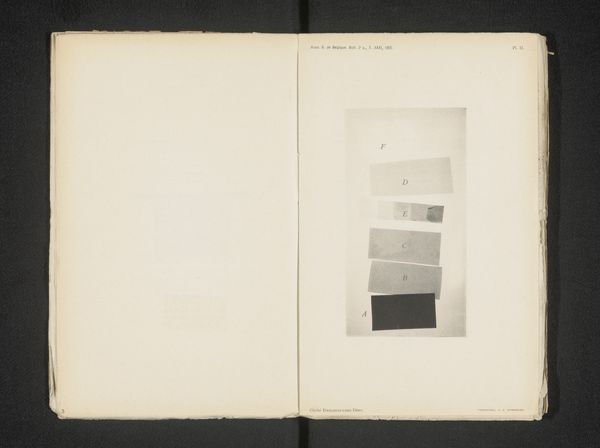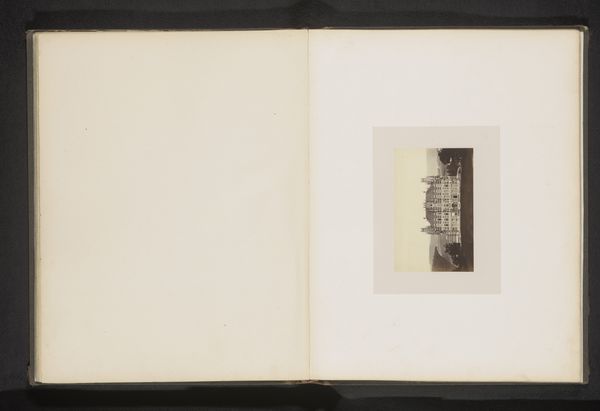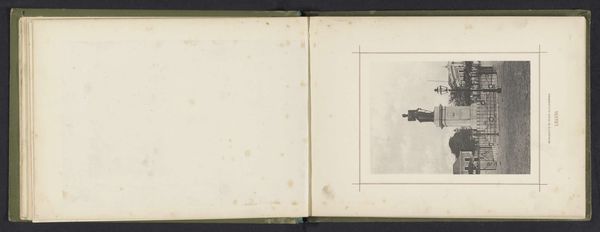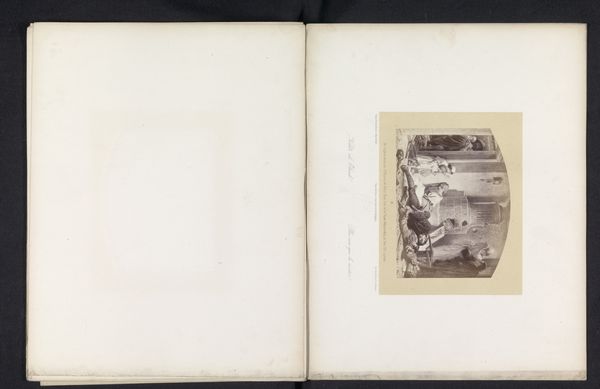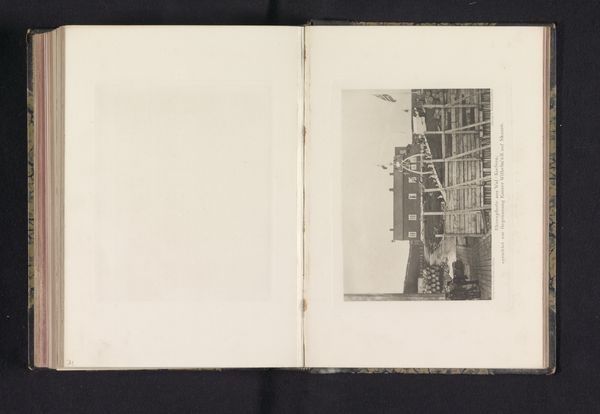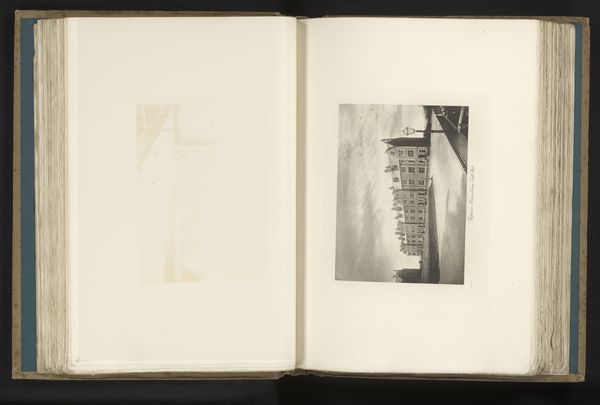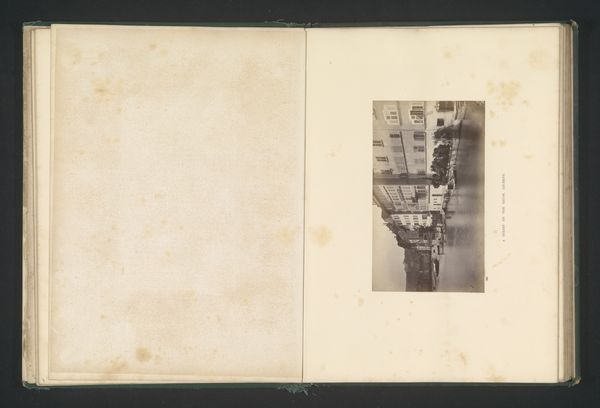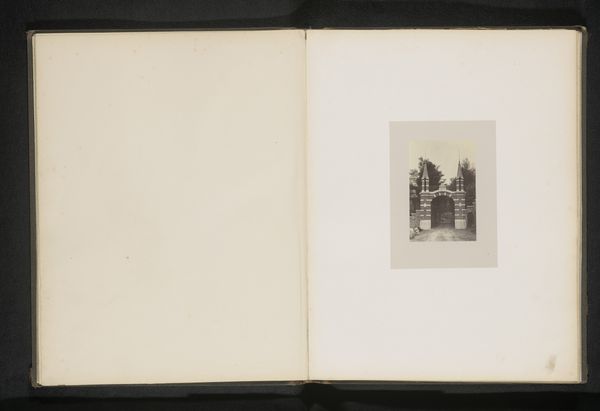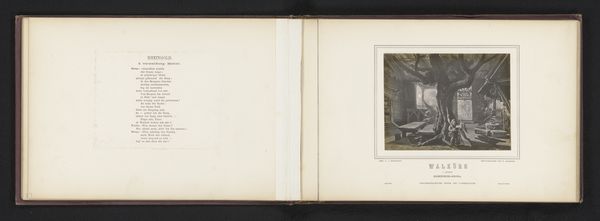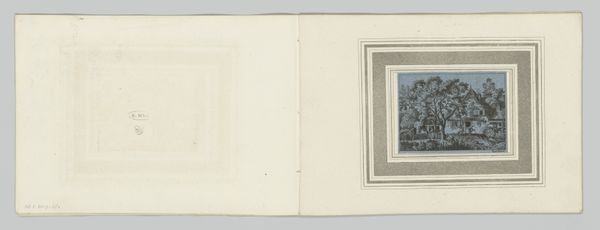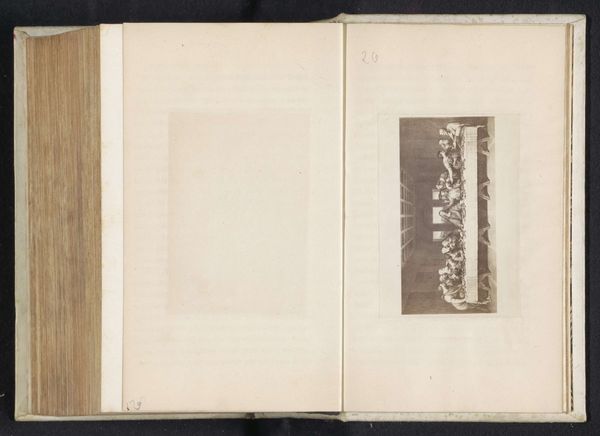
print, engraving
#
neoclassicism
# print
#
landscape
#
cityscape
#
history-painting
#
engraving
Dimensions: height 160 mm, width 131 mm
Copyright: Rijks Museum: Open Domain
Curator: Here we have Albert Henry Payne’s "View of the Waterloo Monument, in Hanover," created in 1839. It’s a fascinating neoclassical engraving now held in the Rijksmuseum. Editor: My initial impression is one of solemnity. That towering column dominates the scene, doesn’t it? Almost like a stark finger pointing upwards amidst a cityscape. There is something profoundly unsettling, almost dystopian about its prominence. Curator: I see it differently. For me, that column is aspirational, a physical manifestation of victory and remembrance. Payne emphasizes its height to create a sense of awe. The delicate engraving brings such incredible detail. Editor: I understand, but what is being remembered is just as crucial as the monument itself. Visually, the column looks very Roman, recalling a classical style which always seems to imply to me an imperialist aesthetic and reaching after the domination of all things. Curator: Absolutely, it represents a constructed history and a cultural memory. The choice to represent the monument in a neoclassical style harkens back to the glories of past empires. But this structure commemorates a very particular triumph – the battle of Waterloo. Editor: And that's what gets me. The image idealizes war, in effect. Instead of offering reflection, it proposes celebration. This is what powerful symbols can do. By using established aesthetics they gloss over reality to promote the preferred myth. Curator: That is certainly a valid observation. These kinds of commemorative structures usually aim at shaping collective memory. They often reflect the victors' narrative, glossing over the complexities and the suffering endured. Do you notice the subtle light and shadow work Payne employs? It creates such a theatrical effect. Editor: Exactly! The visual style helps sculpt the memory. It takes trauma and manufactures aspiration. Even those wispy clouds in the background almost seem to conspire to heighten the drama. It is very carefully engineered, if you think of it. Curator: Thinking about this particular image now, it makes me ponder about public art today. What kind of legacy are we crafting with our current monuments and memorials? What stories are they telling, and perhaps, what stories are they failing to tell? Editor: I leave thinking about that very point! These symbols are embedded in how we interact with shared experience and collective memories. As you noted, we must stay keenly aware that stories are embedded in visual vocabularies.
Comments
No comments
Be the first to comment and join the conversation on the ultimate creative platform.
